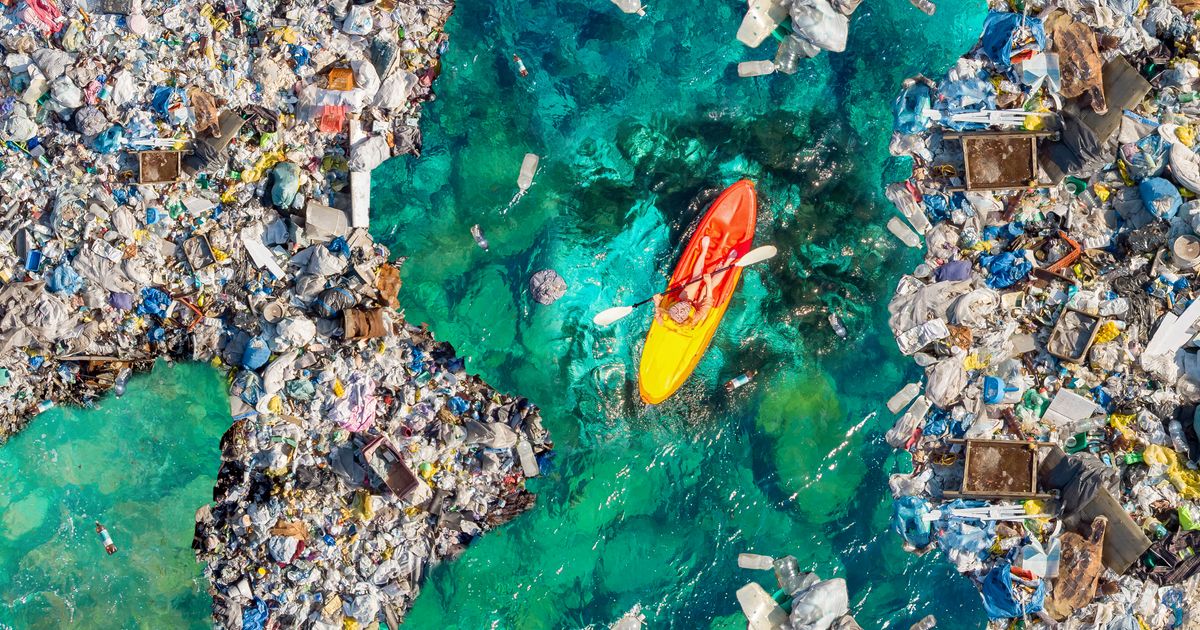
Published: 16th July 2024
Tiny plastic particles smaller than five millimetres in size have been found on every part of the planet. These microplastics come from the breakdown of plastic debris, cosmetic products and synthetic clothing and can pose a significant risk to both the environment and human health.
There has been a lot of discussion around the causes and effects of microplastics in the media, including on the popular Diary of a CEO podcast hosted by Steven Bartlett.
A 2017 scientific study estimated that there are about 6.3 billion metric tonnes of waste plastic on the planet, and only 9% of this has been recycled. This waste plastic eventually degrades into microplastics which have found to be polluting both the ocean and the land.1
The BBC has reported that microplastics have been found inside marine animals, drinking water and even in the food we eat. A study from Cardiff University found that trillions of microplastic particles contaminate European farmland each year.2
However, microplastics don’t only come from waste plastic; they can also come from the plastic packaging used for food and drink. Researchers in the US have found that a litre bottle of water can contain an average of 240,000 nanoplastic fragments, and scientists believe most of the plastic is coming from the bottle itself leaching into the water.3
So microplastics are in the food we eat and the water we drink – but what are the health implications of this? Well, no-one really knows.
According to an article by National Geographic scientists have found traces of microplastics inside the lungs of surgical patients and in the blood of anonymous donors.4 The Guardian has also reported that some researchers also believe that consuming microplastics may be linked to the declining sperm count in men.5 However, in 2019 the World Health Organisation concluded that there was not enough research to determine whether inhaling microplastics poses a risk to human health. It did however call for a reduction in plastic pollution to reduce human exposure.1
Switching to glass has the potential to reduce exposure to microplastics. Glass is 100% infinitely recyclable, and in the UK over 74% of glass container waste is recycled. Even if glass does reach landfill its inert nature means it will not give off any harmful greenhouses gases or leach any harmful chemicals. This inert nature also means that it does not react with the product it stores, unlike plastics.
While the long-term impact of microplastic pollution is not yet known, choosing glass is a practical step towards a more sustainable future. The recyclability, non-toxicity and durability of glass packaging makes it an excellent alternative to plastic which can help reduce plastic waste.
If you’re ready to make the switch to glass packaging for your products, please get in touch with the Beatson Clark team!
1 Source: https://www.science.org/doi/10.1126/sciadv.1700782